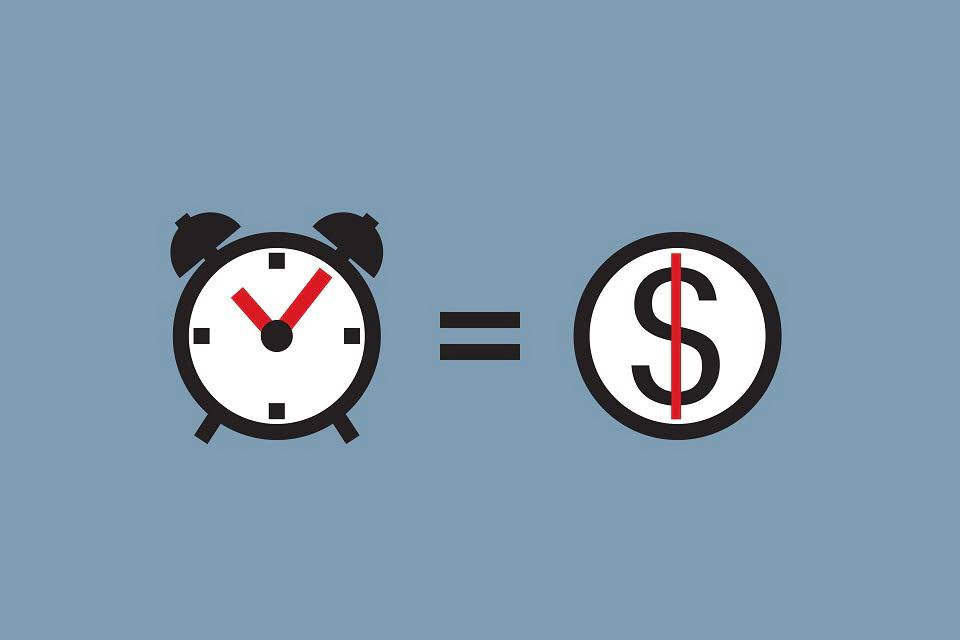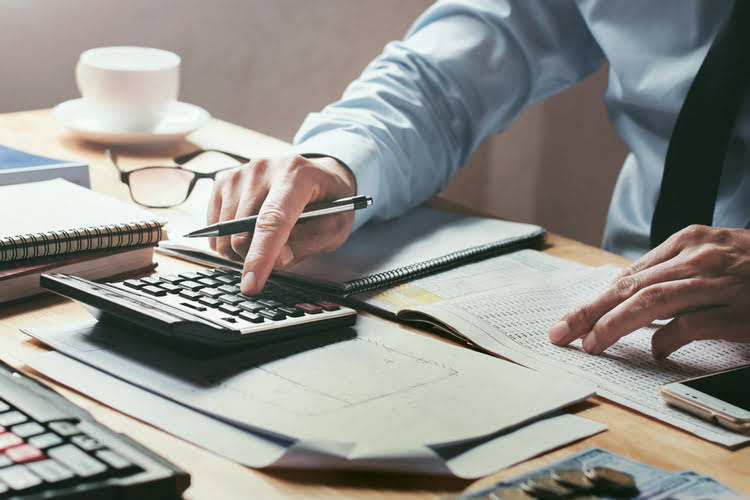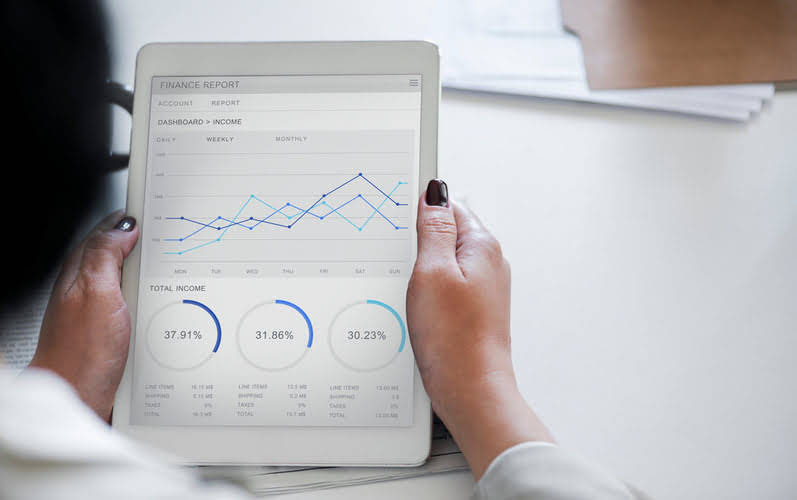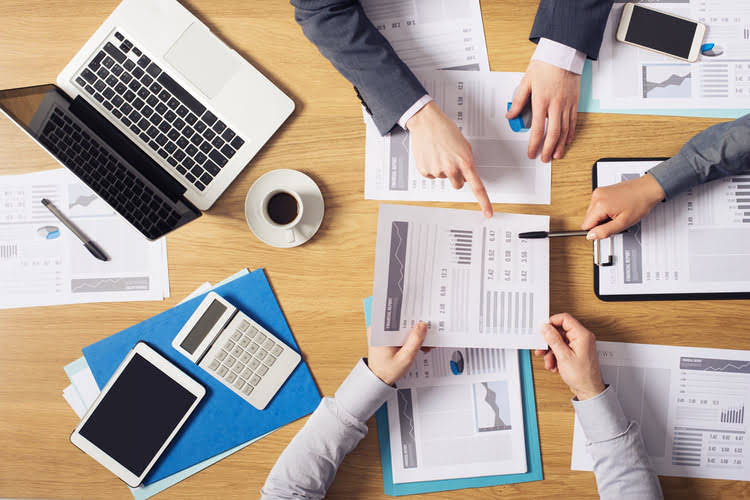
Once repeated for all five years, the “Total Depreciation” line item sums up the depreciation amount for the current year and all previous periods to date. Here, we are assuming the Capex outflow is right at the beginning of the period (BOP) – and thus, the 2021 depreciation is $300k in Capex divided by the 5-year useful life assumption. In a full depreciation schedule, the depreciation for old PP&E and new PP&E would need to be separated and added together. In turn, depreciation can be projected as a percentage of Capex (or as a percentage of revenue, with depreciation as an % of Capex calculated separately as a sanity check). Capital expenditures are directly tied to “top line” revenue growth – and depreciation is the reduction of the PP&E purchase value (i.e., expensing of Capex).

Property
The Accumulated Depreciation account lowers the total value of a company’s assets as reported on the Balance Sheet. Asset depreciation expense meaning accounts normally receive debits and maintain a positive balance, but the Accumulated Depreciation account receives credits. While you now have a solid foundation on depreciation, it can be complex, especially when dealing with various asset types or changing tax regulations. For personalized advice customized to your business’s unique situation, don’t hesitate to consult with accounting professionals.
- Consider the expected pattern of an asset’s decline in value when selecting a method.
- These assets, over their useful life, lose value due to factors like normal wear and tear or obsolescence – this gradual loss in value is what makes up the depreciation expense.
- By depreciating an asset, its cost is matched against the revenue it generates throughout its useful life, for accurate profitability measurement.
- Analysts often adjust for different depreciation methods to ensure that comparisons between companies with different asset bases or accounting practices are fair and meaningful.
- Depreciation expense is a fundamental component of business finance, contributing significantly to informed decision-making and precise financial record-keeping.
How to Find Depreciation & Amortization?

On the balance sheet, depreciation is accounted for through a contra-asset account called “accumulated depreciation”. This account holds the total amount of depreciation that has been recorded for a specific asset since its acquisition. Accumulated depreciation reduces the asset’s original cost to arrive at its “net book value” or “carrying value” on the balance sheet. The net book value represents the asset’s remaining recorded value after accounting for the portion of its cost that has been expensed.
One-time expenses/revenues
Depreciation expense is an accounting method used by businesses to systematically allocate the cost of a tangible asset over its useful life. This process reflects how an asset’s economic benefits are utilized over time, rather than expensing its entire cost in the year of purchase. By spreading the cost, depreciation provides a more accurate representation of a company’s financial performance across multiple accounting periods. Depreciation expense is an accounting concept that helps businesses allocate the cost of a tangible asset over its useful life.
Navigating Depreciation for Tax Benefits

In closing, the key takeaway is that depreciation, despite being a non-cash expense, reduces taxable income and has a positive impact on the ending cash balance. The recognition of depreciation on the income statement thereby reduces taxable income (EBT), which leads to lower net income (i.e. the “bottom line”). Assuming the company pays for the PP&E in all cash, that $100k QuickBooks Accountant in cash is now out the door, no matter what, but the income statement will state otherwise to abide by accrual accounting standards. Understanding depreciation is important for getting the most out of your assets at tax time. You can claim depreciation to reduce your total taxable income, saving you money on your taxes. To calculate depreciation, specific elements must be determined for the asset.
- Adjustments may also be necessary if there is a change in the estimated useful life or residual value of the asset, or if the asset is impaired, which would require an impairment loss to be recognized.
- Below is a break down of subject weightings in the FMVA® financial analyst program.
- The choice of accounting depreciation method can change the profits and hence tax payable each year.
- In the U.S. companies are permitted to use straight-line depreciation on their income statements while using accelerated depreciation on their income tax returns.
- Even if you defer all things depreciation to your accountant, brush up on the basics and make sure you’re leveraging depreciation to the max.
- When you have a fixed asset like a vehicle, building, or piece of equipment, these things will naturally suffer some wear and tear over time.

Therefore, companies using straight-line depreciation will show higher net income and EPS in the initial years. In some cases, an asset may decline in value at a steady rate, while others may decline more rapidly in years where they see heavier use. They should be charged as expenses in the period they are used and based on how they are used.
Importance for Business Owners

Depreciation expense is a fundamental accounting concept used by businesses to allocate the cost of a tangible asset over its useful life. This systematic process reflects how assets, such as machinery or buildings, gradually lose value due to wear and tear, obsolescence, or usage over time. It is a non-cash expense, meaning no actual cash outflow occurs when the expense is recorded. This accounting adjustment helps businesses spread out the cost of a large asset purchase, rather than expensing the entire amount in the year of acquisition. Consider a company planning to invest in machinery which has a functional lifespan of 10 years.
It is a fixed cost for the companies, and the amount depreciated can be used to purchase new machinery after the old one turns into a scrap. Also, it is seen as a business expense despite being a non-cash expense. Depreciation is a planned, gradual reduction in the recorded value of an asset over its useful life by charging it to expense. Depreciation is applied to fixed assets, which generally experience a loss in their utility over multiple years. The use of depreciation is intended to spread expense recognition over the period of time when a business expects to earn revenue from the use of an asset. On the balance sheet, depreciation expense reduces the book value of a company’s property, plant and equipment (PP&E) over its estimated useful life.
Some industries have established norms for depreciating certain types of assets. The salvage value is subtracted from the asset cost to determine the depreciable amount. For instance, if you estimate that you can sell your delivery truck for $5,000 after its useful life, this would be its salvage value. Cost of goods sold is usually the largest expense on the income statement of a company selling products or goods. Cost of Goods Sold is a general ledger account under the perpetual inventory system. A current asset whose ending balance should report the cost of a merchandiser’s products awaiting to be sold.
The most common way of calculating depreciating expense is the straight-line method. The difference between the fixed asset QuickBooks cost and its salvage value is divided by the useful life of that asset in years to get the depreciating value for each year. The assumption behind accelerated depreciation is that the fixed asset drops more of its value in the earlier stages of its lifecycle, allowing for more deductions earlier on.
 Noticias
Noticias  Contactos
Contactos 

